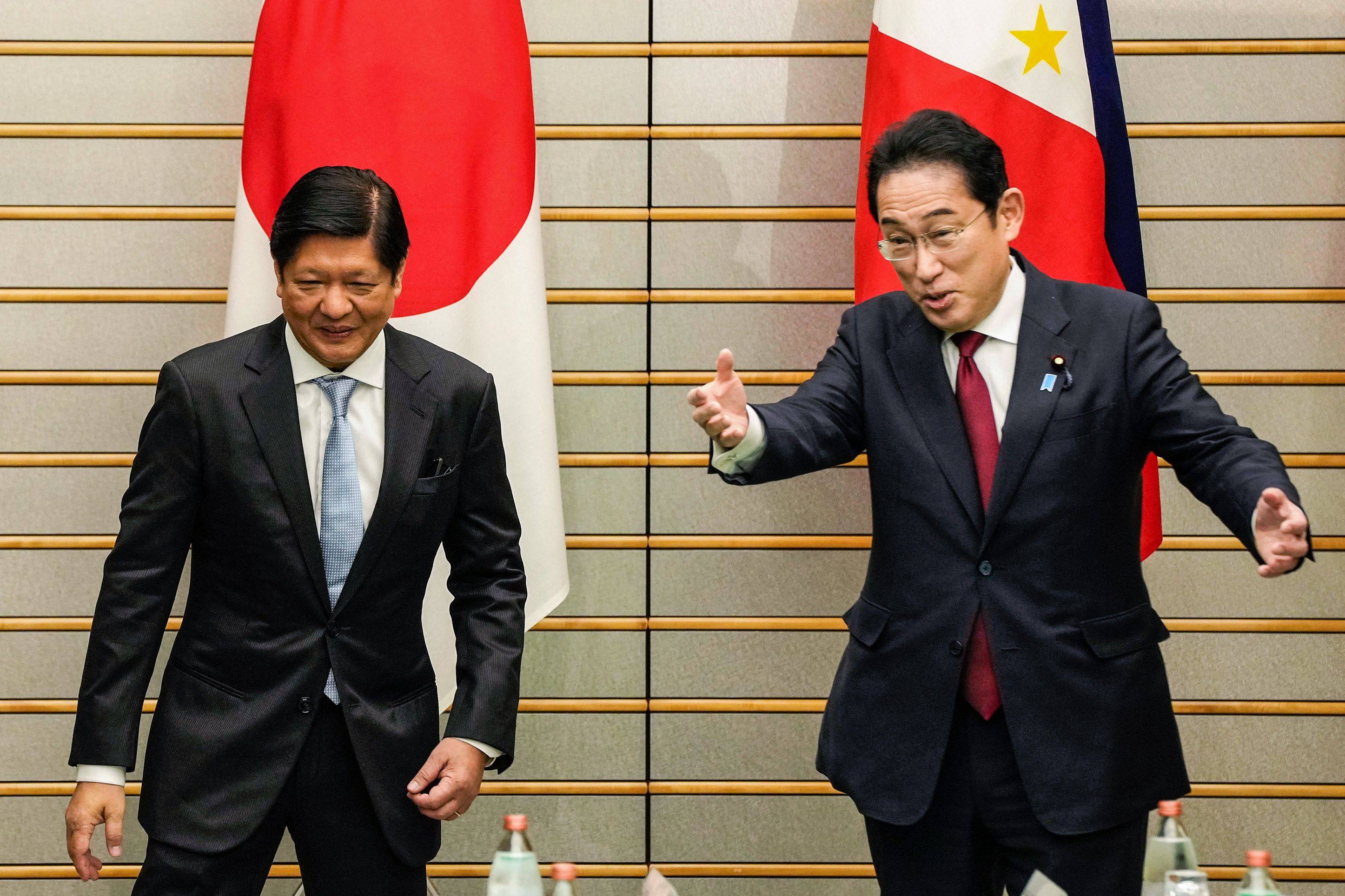Philippine President Ferdinand Marcos Jr. kicked off a five-day trip to Japan this week beginning Wednesday.
His visit was designed to put meat on the bones of the two countries’ “strategic partnership,” turning its potential into reality. Japan has long been a key partner of the Philippines, providing aid and investment, but leaders now seek a more comprehensive relationship — one with a more robust security dimension. They are succeeding.
In the seven months since he took office, Marcos has been an energetic diplomat, trying to recast his country’s international image after the six years during which Rodrigo Duterte was president, as Richard Javad Heydarian explained in our pages earlier this week.



















With your current subscription plan you can comment on stories. However, before writing your first comment, please create a display name in the Profile section of your subscriber account page.